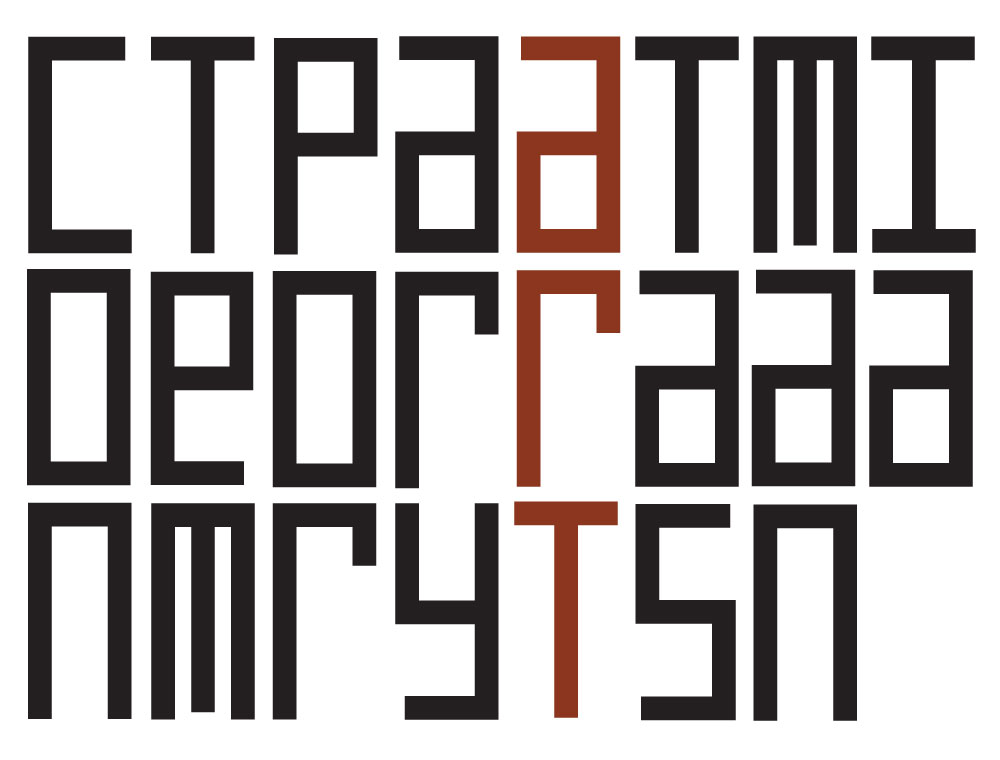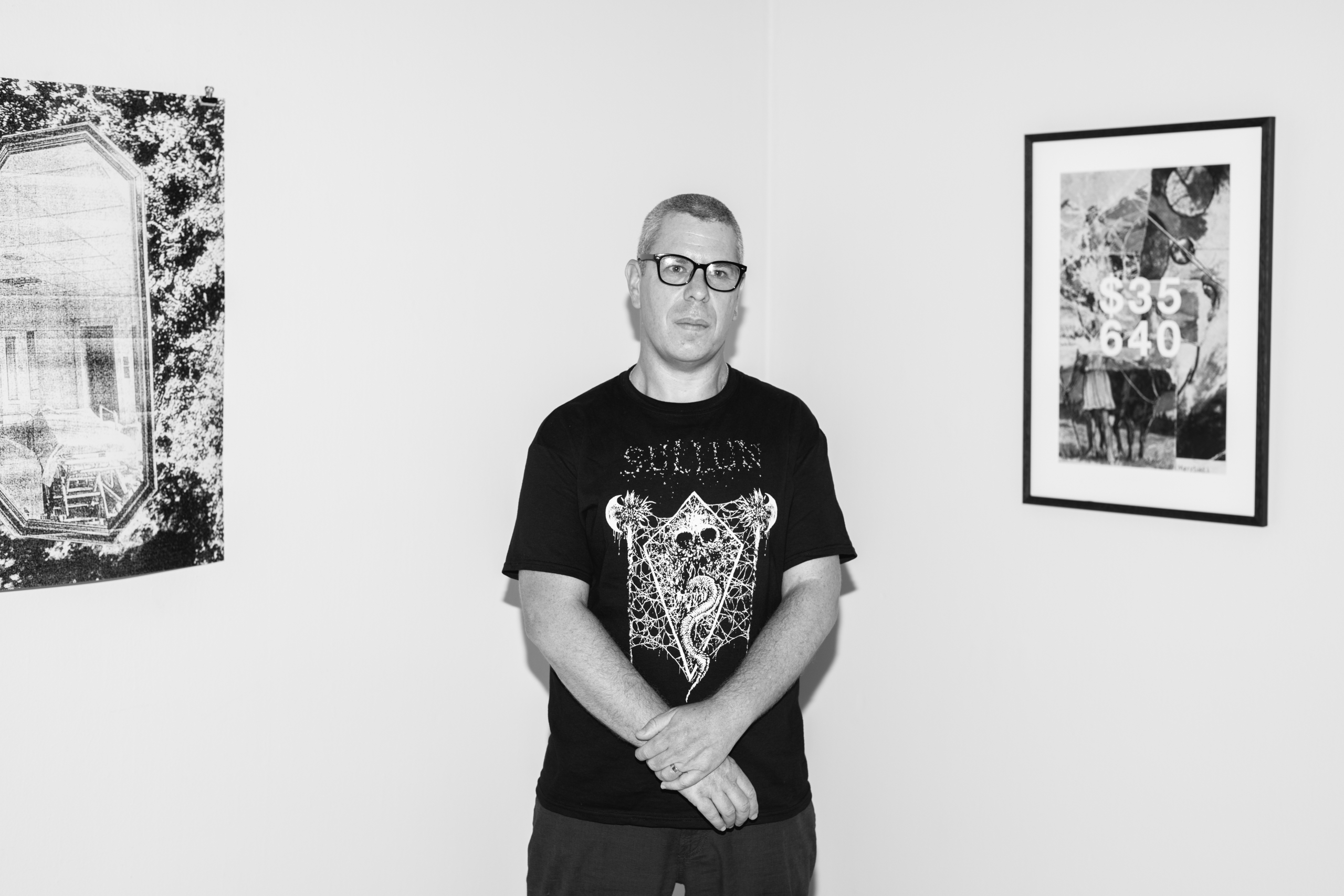
Last Messages exhibition curator Scot Cotterell, speaks with Kylie Johnson from Contemporary Art Tasmania
March 2023
Last Messages was presented at CAT 24 February – 1 April, 2023. A group exhibition of artists envisioning ‘blackened utopias’; existential threats both faced and future; and the general idea of apocalypses. Artists: Paolo Cirio, Joey Gracia, Lin Chen, Ray Harris, Erin Linhart, NEGATIVEMEDITATION, Nik Pepsi, Ryder Ripps, Winston Smith, Yoshi Sodeoka, John Zobele, Zieromuko.
Kylie Johnson: I would like to start with the exhibition title, Last Messages. I think of it as being romantic and tragic. How do you think of it?
Scot Cotterell: Last Messages could be the last time you heard from someone or a last transmission from planet Earth before the end of time. For me, I think it probably came out of personal grief. I recently lost someone really important to me and I was thinking through their last messaging. So yes, there is a personal romantic thing going on, but the genesis of the exhibition probably came about from my encounters with YouTube videos that seem to signal the end of days.
I don’t know the author of the videos. I just know the channel was called Last Messages. I don’t know if it’s still present. I encountered the channel pre the mainstream conspiracy theories surrounding Trump. The videos were mostly of animals behaving strangely and catastrophic weather events that were all pieced together to deliver ‘evidence’ that the Doomsday Prophecy of the end of the world is correct. This is a theme that ticks through the exhibition. It could be the Prepper vibe of Joey Gracia’s work that deals with the Unabomber or the literal Prepper lifestyle that Winston Smith is living.
KJ: You have a long-standing interest in how information is distributed within the digital space. I have an image in my head of you obsessively trawling the internet and then going on deep investigative dives. The density of recorded information seems to underpin Last Messages. Can you talk a more about this?
SC: I think my fascination is not specifically digital but more about mass produced information. It is what Marshall McLuhan called mass media. It is that old-fashioned mass media – print material, radio transmitted material – as well as the digital. I am interested in the accumulation and density of that information.
The idea of the rabbit hole, or the doom scroll or whatever we call it, this contemporary way of how we access information and there is a mass obsession with something at any given time. There is an accumulation of information and patterns that sometimes appear and at other times seem to be haphazard. The dilemma is what to do with this information. It could become art material, or it could be an archive. I have a box of old Sexton Blake detective books with beautifully painted covers and the artists are not acknowledged. They have these great covers that recycle tropes of the Noir genre. The covers are quickly and cheaply produced on mass in a studio environment to fulfill a publication need. For me they have a melancholy about them because the artist is not credited.
KJ: Do you read the books?
SC: No. I’m not interested in the text.
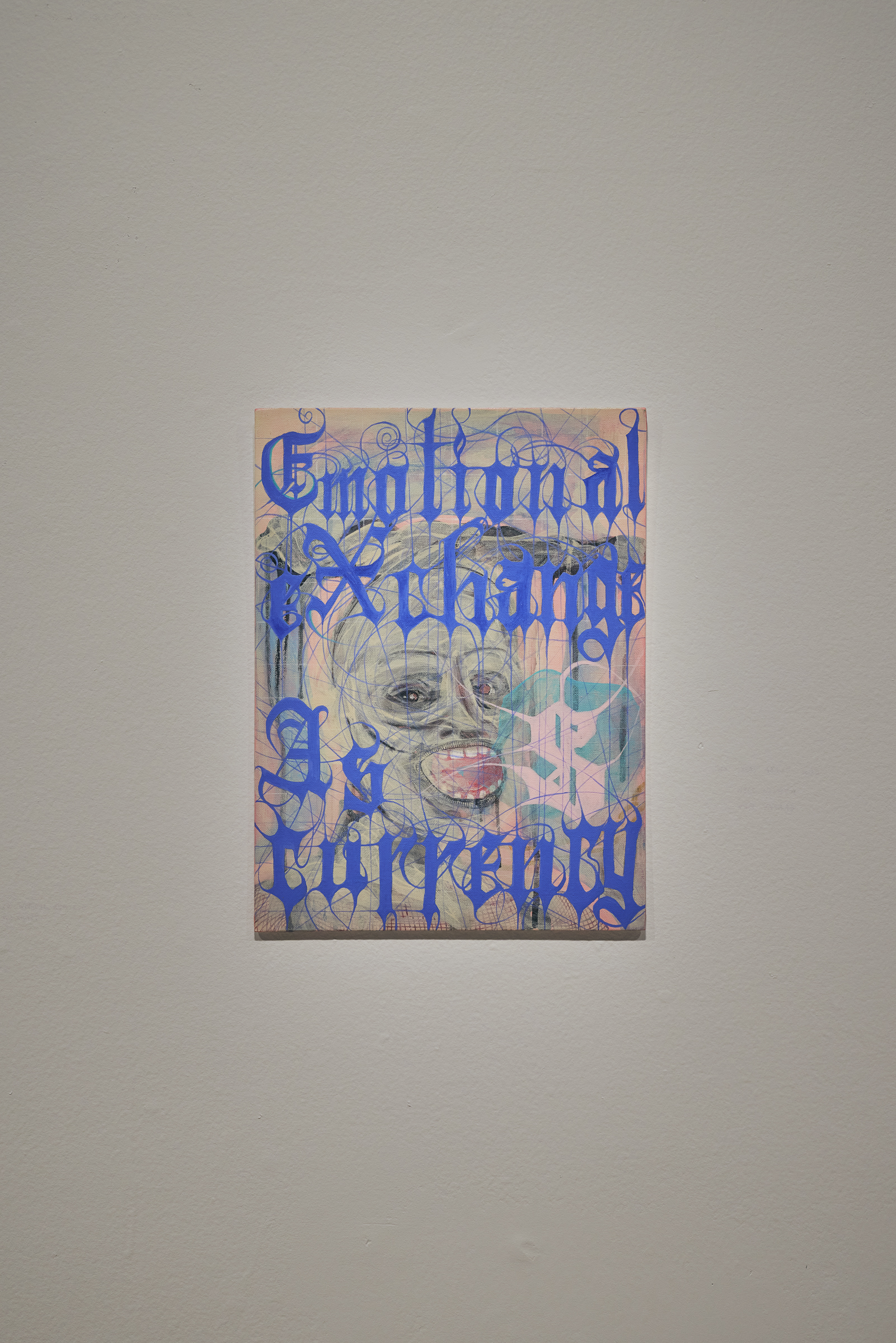
“Last Messages could be the last time you heard from someone or a last transmission from planet Earth before the end of time. For me, I think it probably came out of personal grief.”
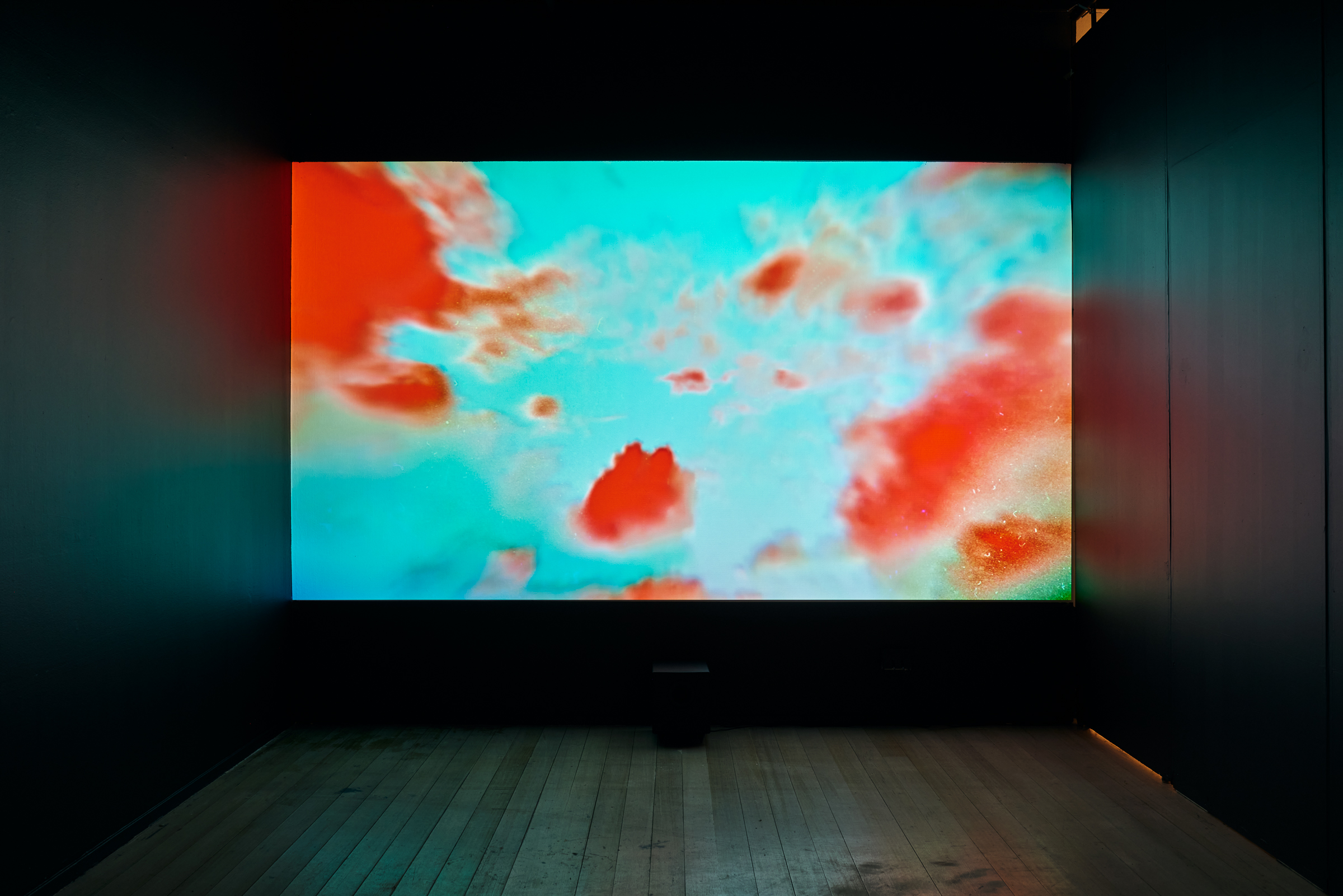
KJ: You have spoken about CAT as being your spiritual home. You certainly have a long-standing relationship with the organisation in various guises from exhibition installer, exhibiting artist, curator, a period on the Program Committee and even an item commissioned for the CAT shop. I’ve enjoyed being close to your practice over a long period and seeing how it has moved around. Has your familiarity with CAT and your intimate knowledge of the space assisted you in making the exhibition?
SC: Yes, I think it has. I know the space because I’ve spent many a late night over the years painting the gallery walls and installing other people’s work. It is also the interpersonal connections that develop with CAT staff over time.
I do keep coming back to CAT. The word trajectory is often used to describe an artist’s career. It implies an upward trend on a graph but that is not the reality of life. An artist might work in one place or multiple places. They could have a stellar rise in profile but even the key international living artists who I’ve met, they’re not on an ever-increasing upward trajectory. They’re just making work. It’s cyclic. The fees might be higher or the spaces might be fancier, but really we are all doing the same thing
My relationship with CAT is not fleeting. It is not like a residency where you go for two months, try and make some kind of connection with the place or with artists, try and make some kind of meaningful reflection, and then you leave and you may never go back again.
KJ: I’d say that your deep knowledge of the CAT gallery is evident in how you have placed the work. There are ‘hot’ walls in the gallery that the eye is drawn to. You have subverted this by placing Joey’s fridge in front of the entrance and blocking the long view of the gallery.
SC: You can take certain risks at CAT. I don’t know if that is because of my relationship with the organisation or if it is just how CAT is.
I do know the gallery well. I know which walls are ‘hot’ and those that aren’t. I knew what I wanted to achieve in the space. I’ve always been concerned with detail but I’ve had the ability to practice this more (in my employment) at Mona than I have at other institutions. It is because of the diverse exhibitions and collecting practices. Having said that, some of my early exposure to bigger name artists was through CAT. I worked on the Ming Wong show. I’ve also been a bit spoiled by working in a really luxurious museum that can build a new space every time an exhibition requires it.
There is a tension between the two spaces. Working at Mona has made me reflect on the amount of resourcing that big art spaces have compared with a space like CAT.
KJ: I find working with artists over the long-term probably the most rewarding part of my practice. You have long-standing relationships with a number of the artists in Last Messages.
SC: I have known many of the artists in different guises for many years. This is probably the biggest show I’ve put together in terms of the number of artists and the feeling that I have to represent them fairly. 12 artists. That is a lot of relationships to manage and a lot of responsibility to make sure that all the work shines in whatever way it variously needs. Mona has made me more comfortable with the fact that internationally renowned artists are often really relatable and working in a similar space to what we all are.
“This is probably the biggest show I’ve put together in terms of the number of artists and the feeling that I have to represent them fairly. 12 artists. That is a lot of relationships to manage and a lot of responsibility to make sure that all the work shines in whatever way it variously needs.”
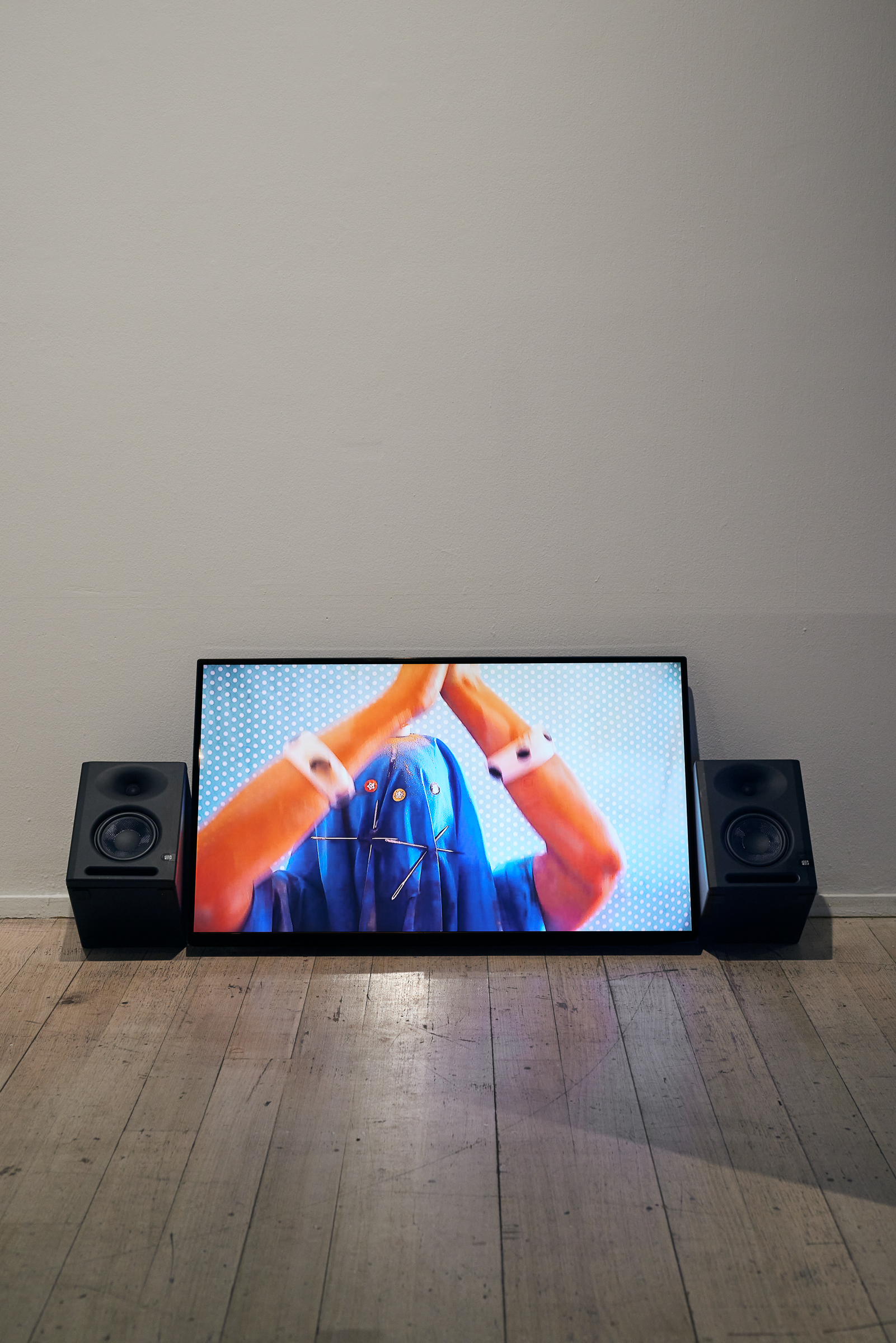
KJ: That is a good segue into another thing I wanted to talk about. Last Messages has a mix of Tasmanian and International artists. I think it was John Vella that recently made the observation that the way you work with international artists is effortless and unpretentious. I’m wondering if there are conscious strategies that you employ when working with international artists?
SC: One of the key projects that I worked on that helped me develop strategies was one that I worked on with you. I curated Occasions hosted by Isabel Lewis for presentation at CAT during a Dark Mofo festival (2017). That exhibition developed from a really informal or fleeting connection with Isabel. I did a work trip to Geneva for another project and during that trip I got to hang out with Isabel’s work. It had impact and I thought about it for quite a while afterwards. When I came back to Hobart I had an opportunity to propose a work to CAT. At the time Isabel was a really busy European emerging artist. Getting her to this part of the world was a challenge. I was just really frank and authentic and a little bit persistent. There also had to be some value in it for her. What would make a person want to undergo that duration of travel and the associated jet lag? Tasmania isn’t high on a young, European emerging artists exhibition itinerary. And so, what’s in it for this artist? I think it was having to convince her that I was personally connected to the work and why it makes sense for our gallery to present it.
Last Messages was developed differently because I already had a relationship with a lot of the artists. Then there were other artists that I specifically targeted for the exhibition like NEGATIVEMEDITATION and Nik Pepsi. I am activating those international relationships by just writing to people as an artist to an artist. Sometimes that is without knowing what the outcome is.
“The word trajectory is often used to describe an artist’s career. It implies an upward trend on a graph but that is not the reality of life. An artist might work in one place or multiple places.”
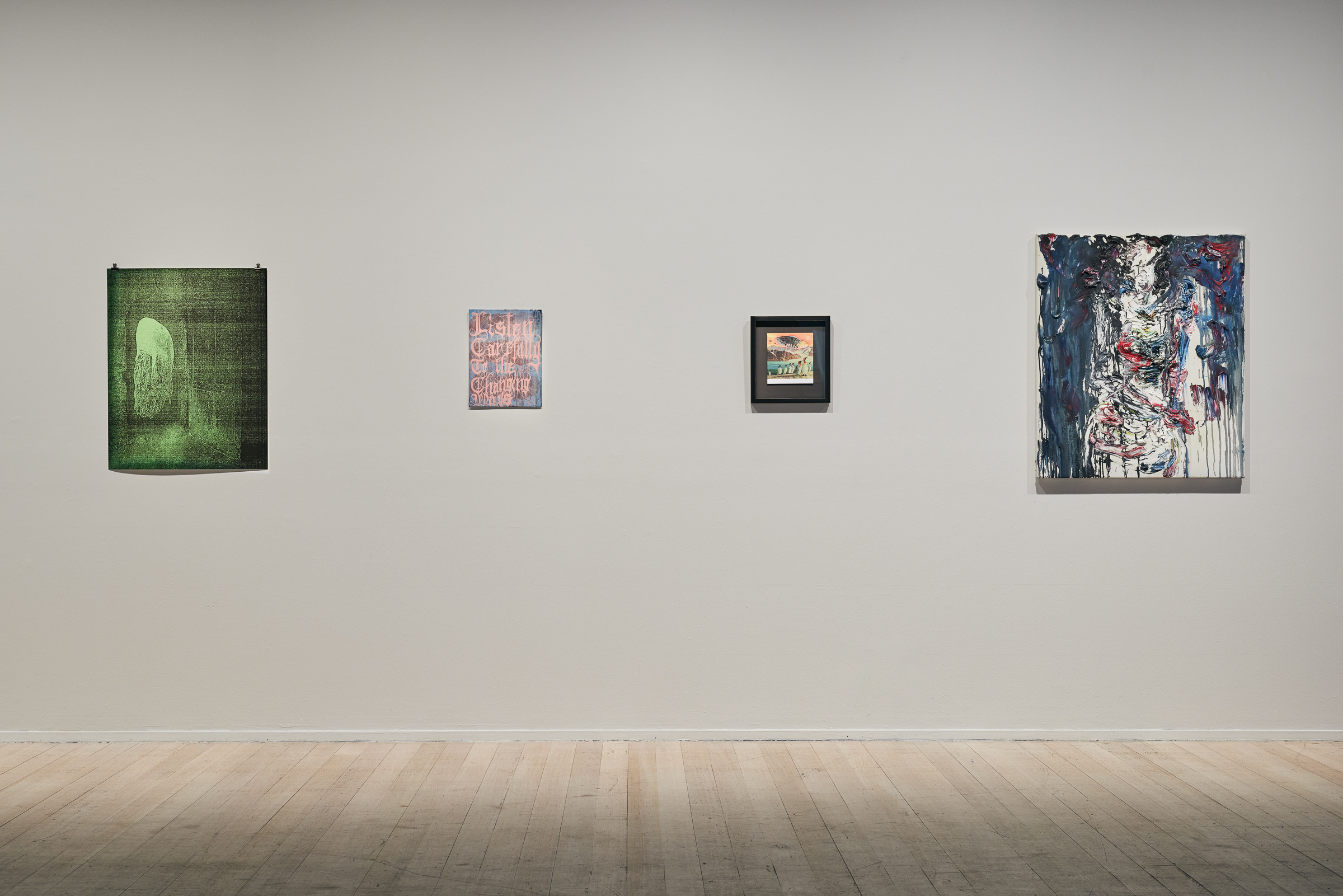
KJ: There have been a number of times that I have heard you say that you are not a curator. What’s that about?
SC: There’s the artist curator model that I’m operating in and then at another level, particularly an international commercial art level, there is the professional curator. At that international level the idea of an artist curator is kind of a joke because you’re either one or you are the other. There is an assumption that there is not the time to be good at both. There is some arbitrary division between the two. This is very hard to discuss without making broad generalisations, but the commercial curator presents itself as a more objective, expansive representative model than the artist curator which sees themselves as being more locally invested. Would you now call yourself primarily a curator?
KJ: No. I’ll muddy the waters a bit with my situation. Curator is my job title and it is how most people I meet now know of me. Although I no longer make art objects but I still think of myself as an artist. My art practice is focussed on supportive and interpersonal relationships with artists and I use curatorship as a way to enable and shape the social relationships through which art is generated. I think an artist curator has a different sensibility to that of a professional institutional or commercial curator, someone who has formally studied to be a curator. But now I’m generalising
SC: My bio says artist and curator, so I’ve claimed the title but yes, it is all muddy.
KJ: Thank you for curating Last Messages, it is a terrific exhibition and thank you for the conversation.
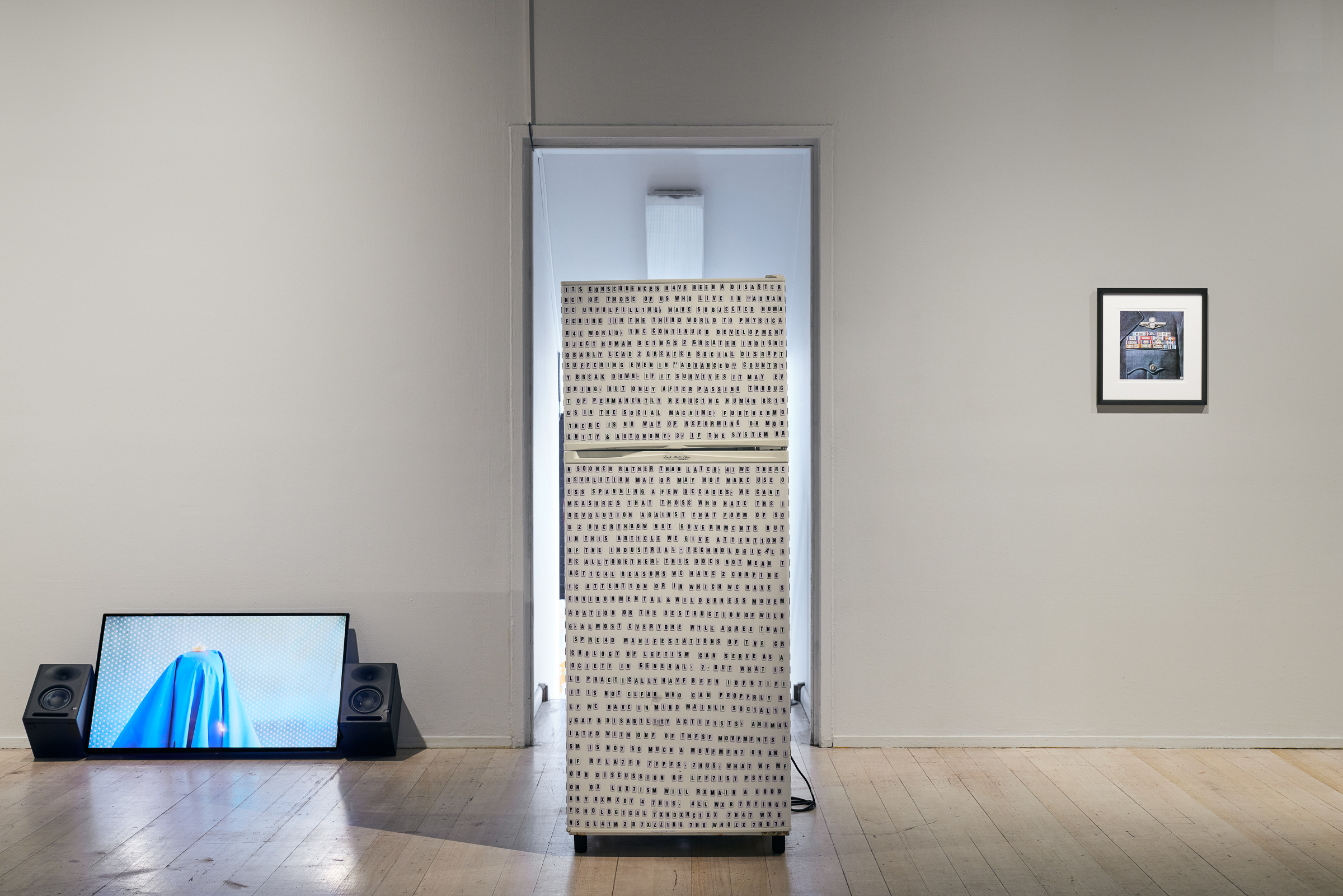
Artist bio
Scot Cotterell (b.1979) is an Australian born inter-disciplinary artist known for his works concerned with the experience of mediated environments. His work uses mixtures of sound, video, images and objects in gallery and live contexts to create experiences that reflect upon cultural phenomena. Scot holds an MFA from the University of Tasmania School of Art and has been nominated for the Qantas Foundation Contemporary Arts Award , The Alice Springs Art Prize and awarded the Shotgun 2010 commission by Detached Cultural Foundation and CAST, a Sound Travellers national touring grant, and several state and national funding supports through the Australia Council for the Arts and Arts Tasmania including projects in the Netherlands, Germany and Spain. Scot has also received the Jim Bacon Foundation Honours Scholarship, and Australian Post-Graduate Award Scholarship and a Gordon Darling Foundation professional development grant. Cotterell’s work has been performed and exhibited nationally and internationally.
In addition to his gallery practice Scot has chaired Hobart’s influential Artist-Run Space Inflight, sat on the boards of Contemporary Art Services Tasmania, The Plimsoll Gallery Committee, and the advisory panel for We Are Here International Artist-Run Initiative Symposium. Scot has been state representative for the ElectroFringe festival and has written commissioned essays and reviews for Cyclic Defrost, Devonport Regional Gallery and Wyndham Regional Gallery. Scot has curated exhibitions and releases for CAST Gallery, Boiler Room: National Improvisation Laboratory and The Academy Gallery UTAS, and co-curated exhibitions at BUS Gallery, The Plimsoll Gallery and Inflight ARI.
